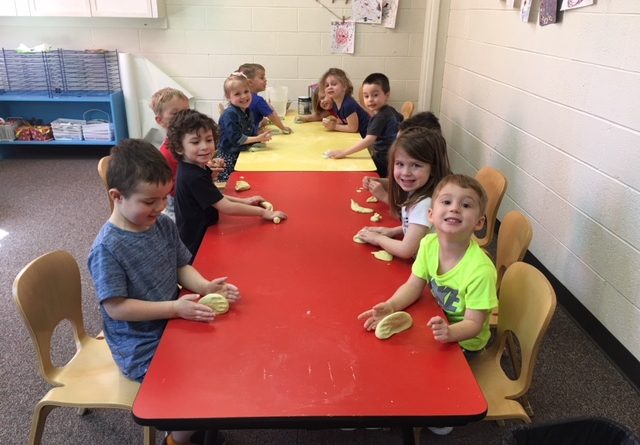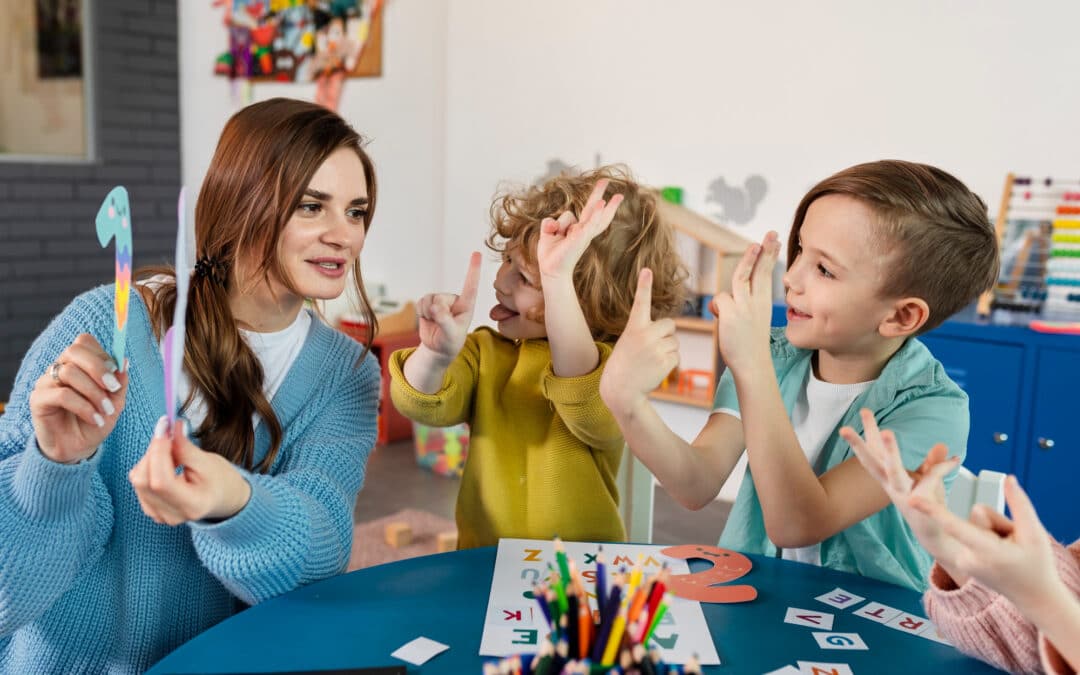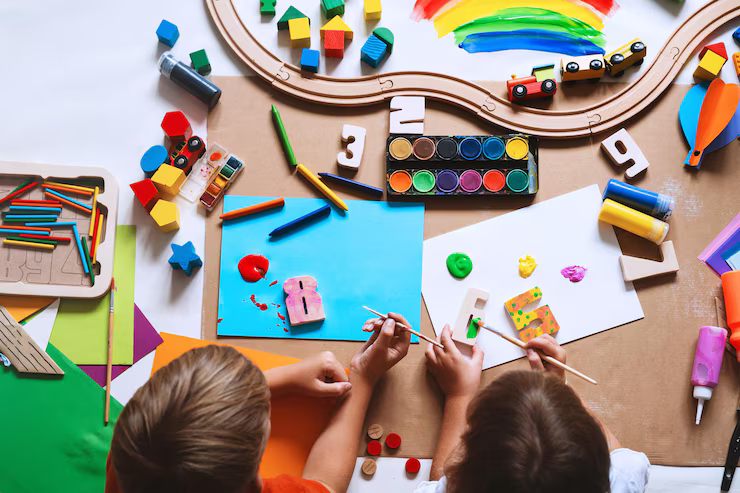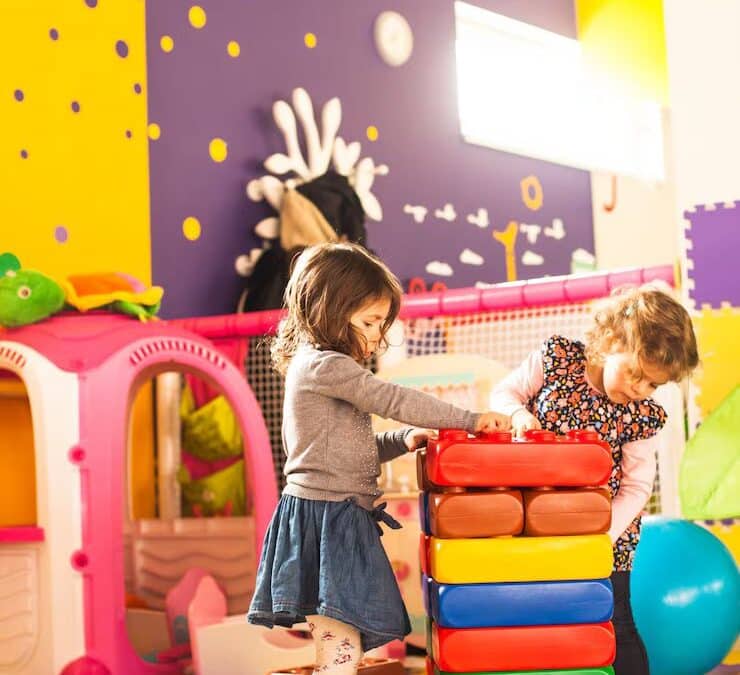At Amici Montessori, located in the beautiful Ahwatukee Foothills of Arizona, we believe that early childhood education is not just about academic learning but also about fostering essential life skills. One such skill that we emphasize is table manners. Teaching children the importance of table manners goes beyond just knowing which fork to use; it involves instilling respect, self-discipline, and social skills that will benefit them throughout their lives.
In this comprehensive guide, we will explore the significance of table etiquette, why table manners are important, and how Amici Montessori incorporates these lessons into our curriculum. We will provide practical tips for teaching table manners to preschoolers, including creative activities and crafts, and discuss how parents can reinforce these skills at home. Whether you’re a parent, teacher, or caregiver, this guide will offer valuable insights into nurturing good table manners in young children.
What Are the Table Etiquette?
Table etiquette, also known as table manners, refers to the set of behaviors and practices observed during mealtimes. These rules cover a range of actions, from how to use utensils properly to how to engage in polite conversation. The essence of table etiquette is to show respect for oneself and others while dining. This involves not only how food is consumed but also how people interact around the table.
Table Etiquette Meaning
The meaning of table etiquette extends beyond mere politeness. It encompasses a cultural and social understanding of appropriate behavior during meals. Good table etiquette signifies respect for the host and other diners, contributes to a pleasant dining experience, and reflects one’s upbringing and social awareness. Understanding and practicing table manners are integral to social interactions, helping children navigate various social settings with confidence and grace.
Why Are Table Manners Important?
5 Importance of Table Etiquette
- Social Skills Development Teaching children good table manners helps them develop essential social skills. By learning how to wait their turn, use polite language, and engage in respectful conversation, children are better equipped to interact positively with others. These skills are crucial for building relationships and succeeding in social environments.
- Self-Discipline Proper table etiquette encourages children to control their impulses. For instance, waiting for everyone to be served before starting to eat and using utensils properly requires a level of self-discipline. These habits help children learn patience and control, which are valuable traits in all areas of life.
- Respect for Others Demonstrating good table manners shows respect for those around them. It acknowledges the effort put into preparing and serving the meal and ensures that everyone enjoys the dining experience. Respect for others is a fundamental aspect of social behavior and is essential for creating harmonious relationships.
- Confidence Building Children who are confident in their table manners are more likely to feel comfortable in social settings. This confidence can extend beyond the dining table to other areas of their lives, such as school and extracurricular activities. Good table manners help children feel at ease and contribute to their overall self-esteem.
- Cultural Awareness Table manners often reflect cultural norms and values. By teaching children about different table etiquette practices, they gain an understanding and appreciation of diverse traditions and customs. This cultural awareness fosters a sense of inclusivity and respect for different ways of life.
Essential Table Manners for Children
10 Good Table Manners for Students
- Use Utensils Properly Teaching children to use the correct utensils for different types of food is fundamental. For example, a fork is used for pasta, while a spoon is used for soup. Proper use of utensils not only makes eating easier but also demonstrates respect for the meal and the host.
- Chew with Mouth Closed Encouraging children to chew their food with their mouths closed is a basic but important table manner. It avoids unpleasant sights and sounds and contributes to a more enjoyable dining experience for everyone.
- Keep Elbows Off the Table Children should learn to rest their elbows on the table’s edge rather than on the surface during meals. This practice helps maintain a clean and organized dining area and promotes proper posture.
- Wait to Eat Instilling the habit of waiting until everyone is served before starting to eat is a sign of consideration and respect for others. It ensures that everyone has a chance to enjoy their meal at the same time.
- Use Napkins Show children how to use napkins properly to clean their hands and mouths during meals. Napkins help maintain cleanliness and prevent spills and stains on clothing.
- Ask to Pass Items Teach children to politely ask for items to be passed rather than reaching across the table. This practice avoids disruptions and demonstrates good manners and consideration for others.
- Speak Softly Encourage children to use a soft voice and avoid talking with their mouths full. Speaking softly and clearly ensures that conversations are pleasant and respectful.
- Thank the Cook Instill the habit of thanking the person who prepared the meal. Expressing gratitude shows appreciation for the effort involved in cooking and fosters a positive atmosphere.
- Participate in Cleanup Teach children to help clear their plates and tidy up the table after the meal. Participation in cleanup not only demonstrates responsibility but also contributes to a sense of shared effort and teamwork.
- Respect Others’ Space Remind children to be mindful of others’ space at the table. Avoiding disruptive behaviors and respecting personal space helps maintain a comfortable dining environment.
Manners at the Table: Practical Tips for Preschoolers
At Amici Montessori, we believe that teaching table manners should be an engaging and enjoyable experience for preschoolers. Here’s how we approach teaching table manners at the table:
Routine Practices
We incorporate table etiquette into our daily routines to make learning natural and consistent. During snack and lunch times, children practice table manners in a structured yet relaxed environment. By integrating these practices into their daily lives, children internalize good manners as part of their routine.
Positive Reinforcement
We use praise and positive reinforcement to encourage good table manners. When children demonstrate proper behavior, they receive recognition and encouragement. This positive reinforcement helps build confidence and motivates them to continue practicing good manners.
Modeling Behavior
Our educator’s model appropriate table manners during meals. By demonstrating the behaviors we expect from children, we provide a clear example for them to follow. Modeling is a powerful tool in teaching, as children often learn by observing and imitating the actions of adults.
Interactive Lessons
We incorporate interactive lessons were children practice table manners through role-playing and guided activities. For example, we set up mock dining scenarios where children take turns practicing different aspects of table etiquette. These interactive lessons make learning fun and effective.
Group Activities
We use group meals as opportunities to practice and reinforce table manners in a social setting. Group activities, such as shared snacks and communal meals, allow children to apply their table manners in real-life situations and learn from their peers.
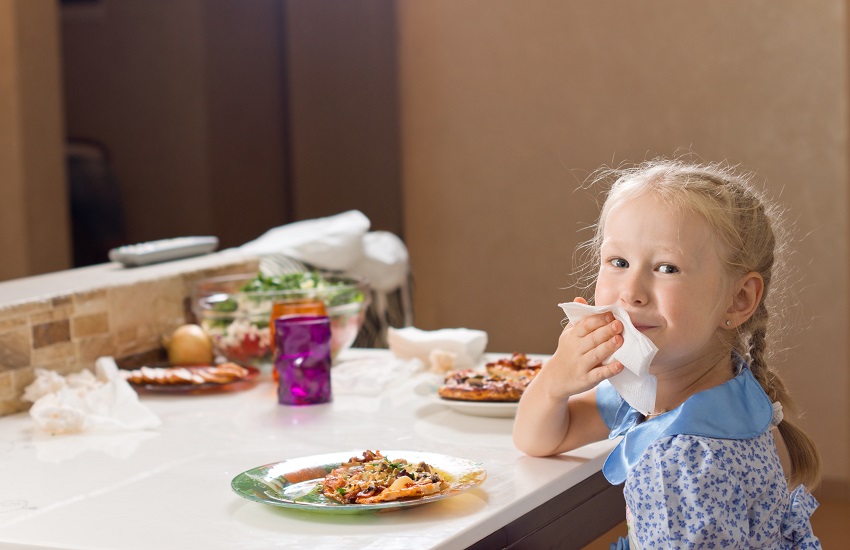
Table Etiquette in Practice: Activities and Crafts
Manners Preschool Crafts
To make learning table manners enjoyable, we integrate various manners preschool crafts into our curriculum. These activities help reinforce good table etiquette through hands-on learning:
Table Setting Craft
Children create their own place settings using paper plates, utensils, and napkins. This craft helps them understand the proper arrangement of tableware and reinforces the concept of setting a table correctly.
Napkin Folding
We teach children simple napkin folding techniques, which not only make meals more enjoyable but also introduce them to the concept of table presentation. Napkin folding adds a touch of creativity to mealtime and enhances the overall dining experience.
Role-Playing Scenarios
Using role-play, children practice different dining scenarios, such as family meals and formal dinners. Role-playing allows children to experience various aspects of table manners in a controlled and supportive environment.
Etiquette Games
We design games that incorporate table manners, such as “Manners Bingo,” where children mark off polite behaviors as they practice them. These games make learning table etiquette fun and engaging.
Storytime
We use stories and books about table manners to engage children and reinforce the importance of good etiquette. Storytime provides a relatable and enjoyable way for children to learn about table manners and their significance.
Encouraging Consistent Table Manners at Home
While we focus on teaching table manners at Amici Montessori, it’s important for parents to reinforce these skills at home. Here are some tips for maintaining consistency between preschool and home environments:
Practice Regularly
Encourage regular practice of table manners at home during family meals. Consistent practice helps children remember and apply what they’ve learned at preschool. Setting aside specific mealtimes for practicing table manners reinforces their importance.
Create a Routine
Establish a mealtime routine that includes practicing good table manners. Consistency helps children understand that table etiquette is an integral part of mealtime and not just a school activity.
Model Behavior
Demonstrate good table manners yourself. Children are more likely to adopt behaviors they see modeled on by adults. By practicing table etiquette at home, you set a positive example for your child.
Use Positive Reinforcement
Praise your child for using good table manners at home. Positive reinforcement encourages them to continue practicing these behaviors and reinforces their importance.
Involve Children in Meal Preparation
Let children help with meal preparation and setting the table. Involvement in these activities helps them feel more connected to the mealtime process and reinforces their learning.
Challenges and Solutions in Teaching Table Manners
Teaching table manners to preschoolers can present certain challenges. Here are some common challenges and practical solutions:
Challenge: Short Attention Span
Preschoolers often have short attention spans, making it difficult to focus on table manners during mealtimes.
Solution: Break down table manners into small, manageable steps and provide frequent reminders. Use visual aids and interactive activities to keep children engaged.
Challenge: Resistance to New Behaviors
Children may resist adopting new behaviors, especially if they are used to different mealtime habits.
Solution: Introduce new table manners gradually and provide positive reinforcement for each small step. Make the learning process enjoyable and involve children in discussions about why these behaviors are important.
Challenge: Inconsistent Practices at Home
Inconsistencies between preschool and home practices can affect a child’s ability to retain and apply table manners.
Solution: Communicate with parents about the importance of reinforcing table manners at home. Provide resources and tips for parents to support consistent practices between preschool and home environments.
The Role of Cultural Differences in Table Etiquette
Table etiquette can vary widely across cultures. At Amici Montessori, we recognize and respect these differences while teaching universal aspects of table manners. Understanding cultural variations in table etiquette can enrich children’s learning experiences and foster a sense of global awareness.
Incorporating Cultural Awareness
- Introduce Diverse Table Etiquette Practices Teach children about different cultural practices related to table etiquette. For example, explain how dining customs vary in different countries and highlight the common values of respect and consideration.
- Celebrate Cultural Diversity Incorporate cultural celebrations and themed meals into the curriculum. Use these occasions to explore and practice table manners from various cultures, fostering a sense of inclusivity and appreciation.
- Encourage Open Discussions Allow children to share their own cultural practices and experiences related to table etiquette. Encourage open discussions about how different cultures approach mealtimes and emphasize the importance of respecting diverse traditions.
Conclusion
Teaching table manners at Amici Montessori is an integral part of our early childhood education program. By understanding what table etiquette is, recognizing the importance of good table manners, and incorporating creative activities and crafts, we help children develop essential social skills and respect for others.
Our approach to teaching table manners is designed to be engaging, practical, and enjoyable for preschoolers. We believe that these skills will benefit children throughout their lives, both in social settings and beyond. At Amici Montessori, we are committed to providing a nurturing environment where children can learn and grow in all aspects of their development.
If you’re interested in learning more about how we teach table manners and other essential life skills, we invite you to visit our preschool and see our approach in action. We look forward to welcoming you and sharing more about our commitment to holistic education and personal development.

